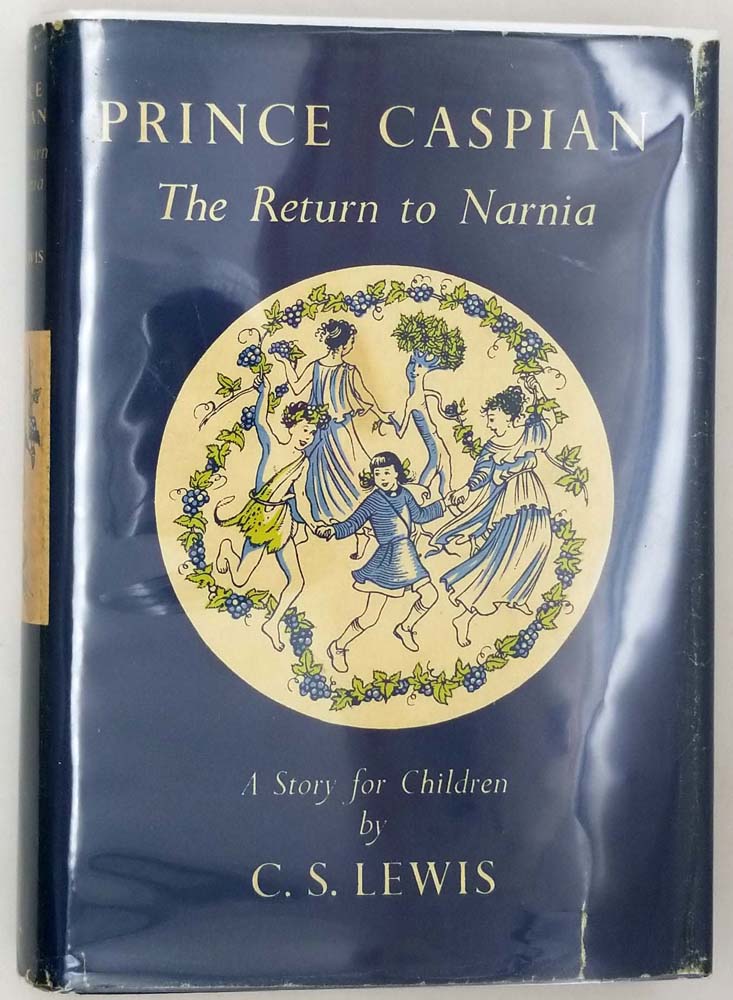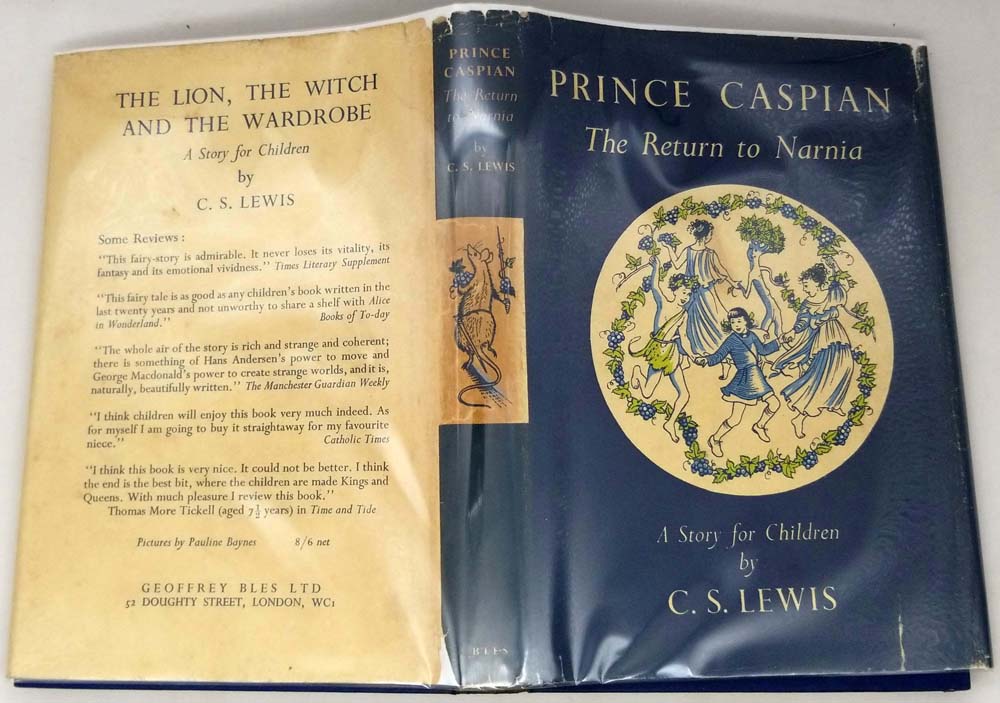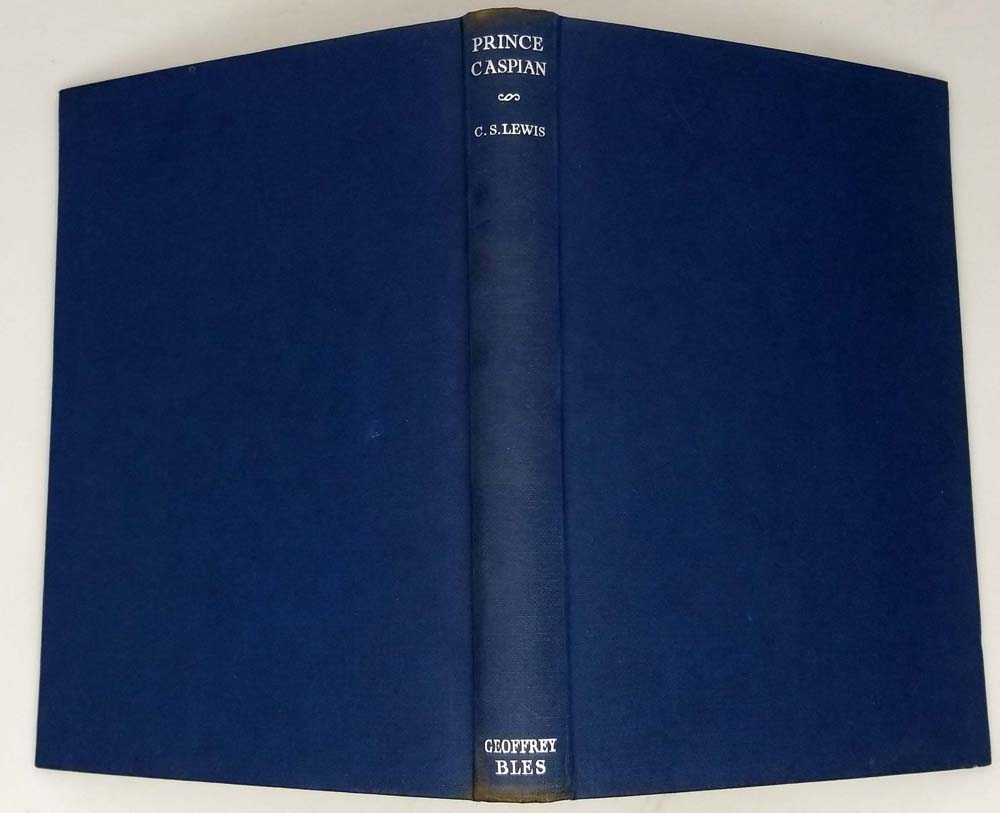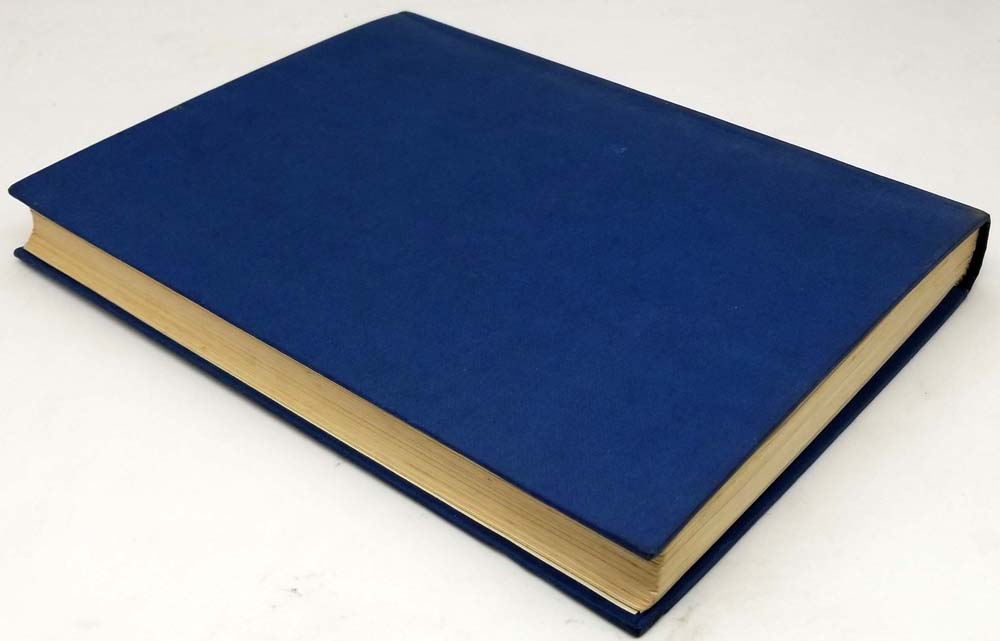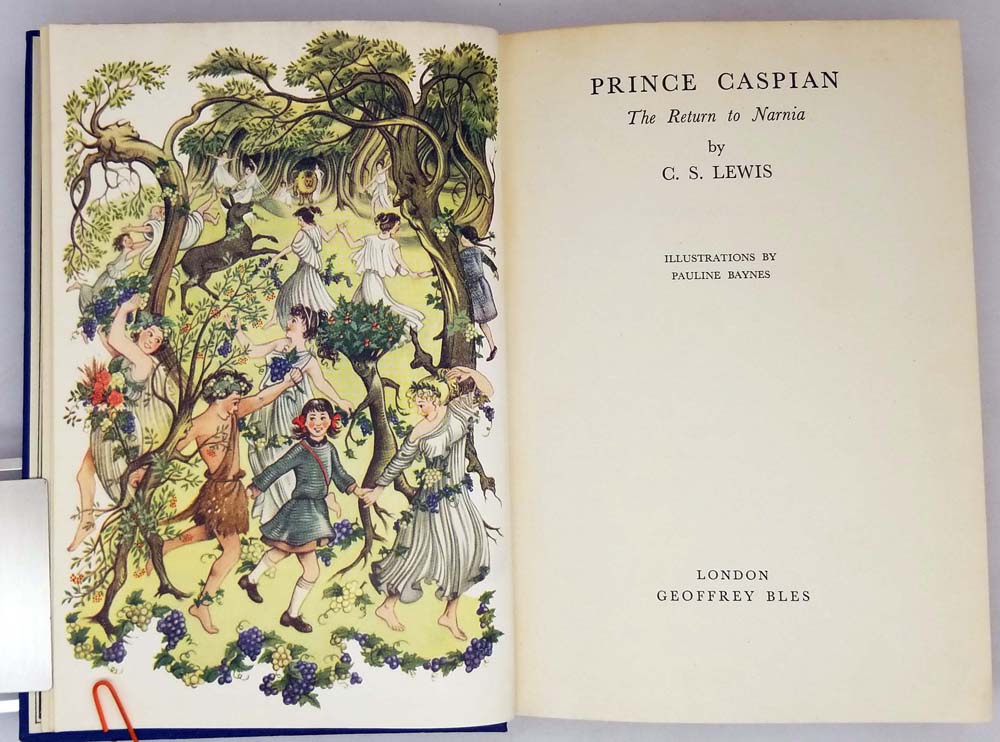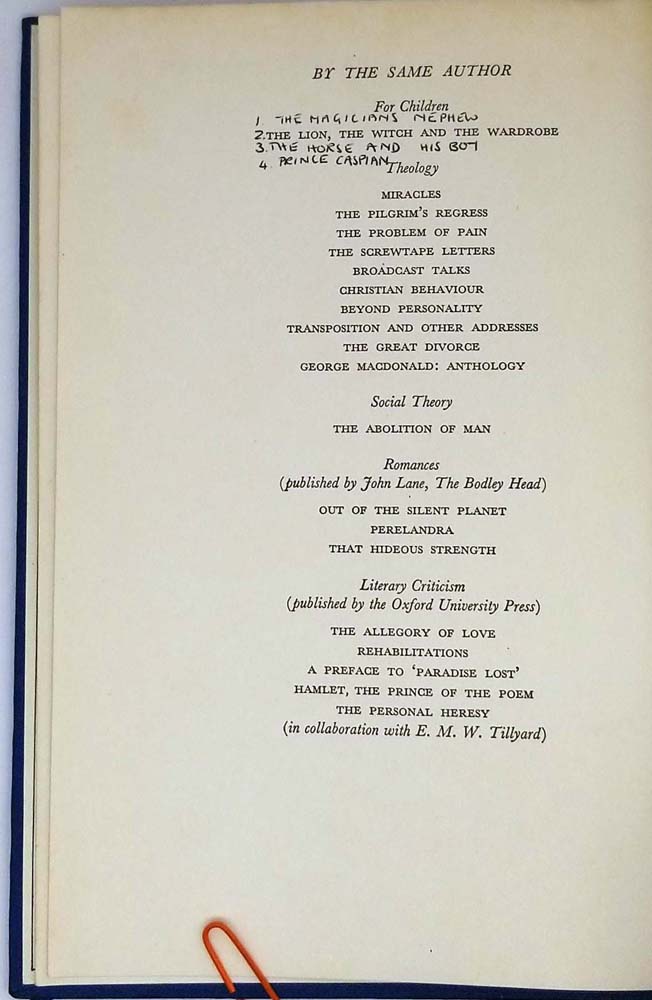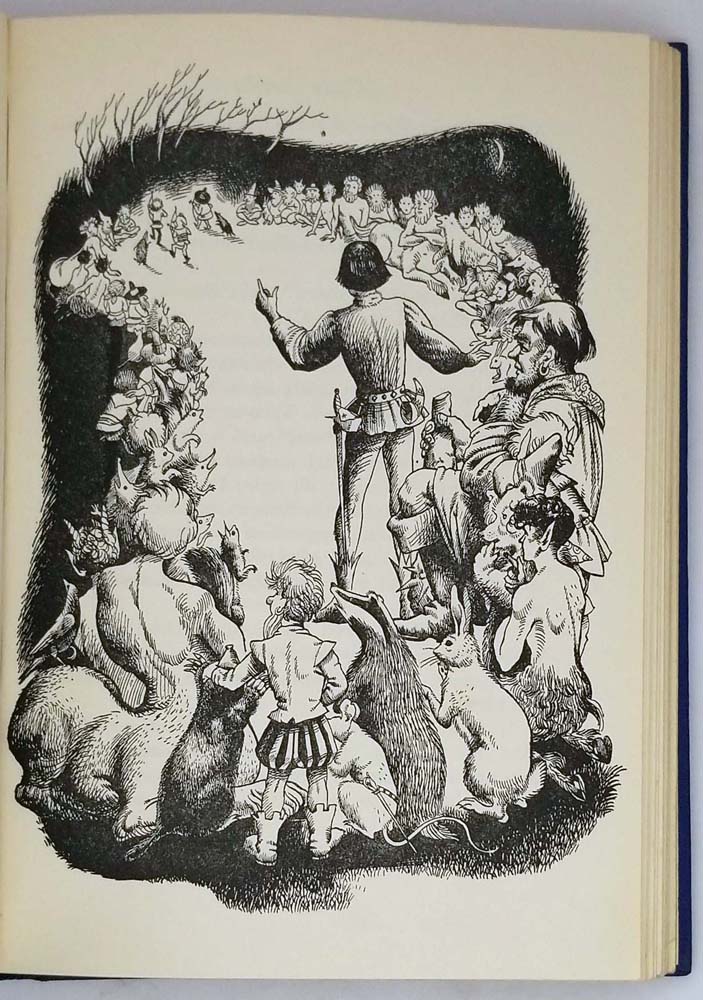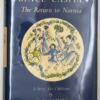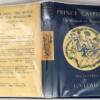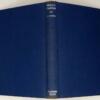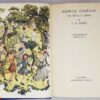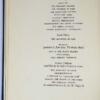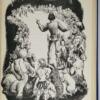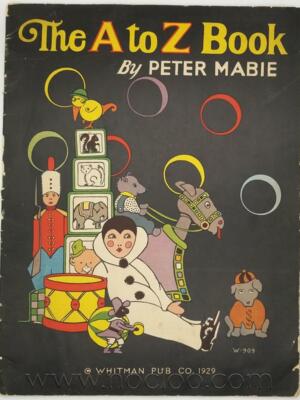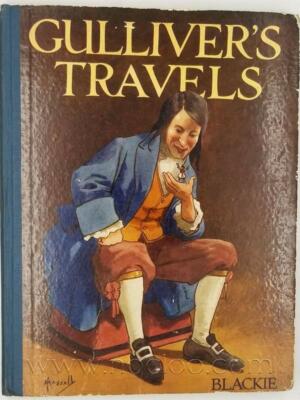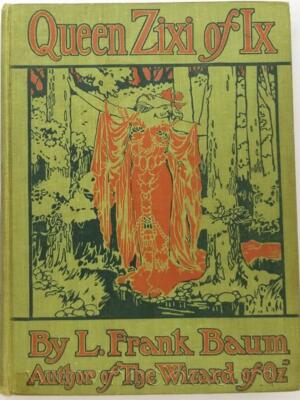Prince Caspian (1951) by C.S. Lewis is the fourth book in The Chronicles of Narnia series (though chronologically second in Narnia’s timeline), marking the Pevensie siblings’ triumphant return to the magical land they once ruled. A year after their first adventure (The Lion, the Witch and the Wardrobe), Peter, Susan, Edmund, and Lucy are abruptly pulled back into Narnia—only to find centuries have passed in their absence. The land they knew is now under the tyrannical rule of the Telmarines, who have driven the talking beasts and mythical creatures into hiding.
The story follows Caspian X, the rightful Telmarine heir, who flees his usurping uncle Miraz and joins forces with the Old Narnians (dwarfs, centaurs, and the delightfully truculent Trumpkin) to reclaim his throne. With the Pevensies’ help—and the long-awaited return of Aslan—Caspian must awaken Narnia’s dormant magic and restore its rightful order.
Lewis weaves medieval adventure with Christian allegory (Aslan’s sacrificial path mirrors Christ’s), while themes of faith, leadership, and the erosion of tradition resonate throughout. The novel’s climax—a David-and-Goliath battle at Aslan’s How—cements its place as a classic of children’s literature.
